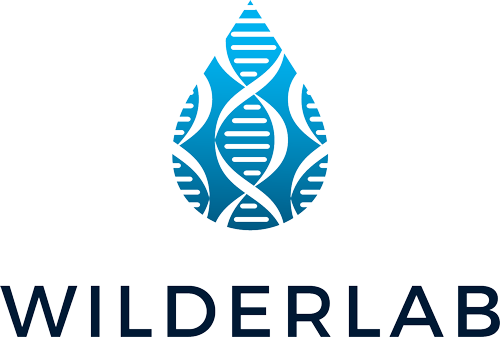Thames High School students identify fish migration barrier with eDNA
As part of the Wai Tūwhera o te Taiao program with the Environmental Protection Agency (EPA) and Wilderlab, students from Thames High School did some sampling in their local Karaka Stream with the guidance from NZ Landcare Trust Waikato catchments coordinator Ric Balfour.
Using Wilderlab eDNA kits, they were able to explore the types of species living within the Karaka Stream and check up on the diversity of native species.
As lots of our native fish migrate within rivers and streams and to and from the ocean throughout their lifecycles, it is important that there are safe passageways for the fish to move through. If instream structures are not designed or maintained with fish passage in mind, they can be barriers for migratory fish. Common culprits are culverts, weirs, dams, fords, and tide and flood gates.
Results from the Karaka Stream did not find some of the more sensitive migratory fish species. As these species have been previously seen in Tararu Stream, located lower down in the catchment, this was puzzling.
They think the new construction of a big structure between these two sites could be acting as a barrier stopping these more sensitive fish species from being able to move upstream.
Presence and absence information like this could be useful for future management of these passageways and help us to more quickly establish whether restoration efforts were successful or if adjustments are needed.
“This is a very exciting new tool that’s going to be available as part of water quality monitoring, and you just wouldn’t be able to find half of these species by the normal techniques of fishing with a net or picking up rocks. This is a whole new level” – Ric Balfour.
Read more here

